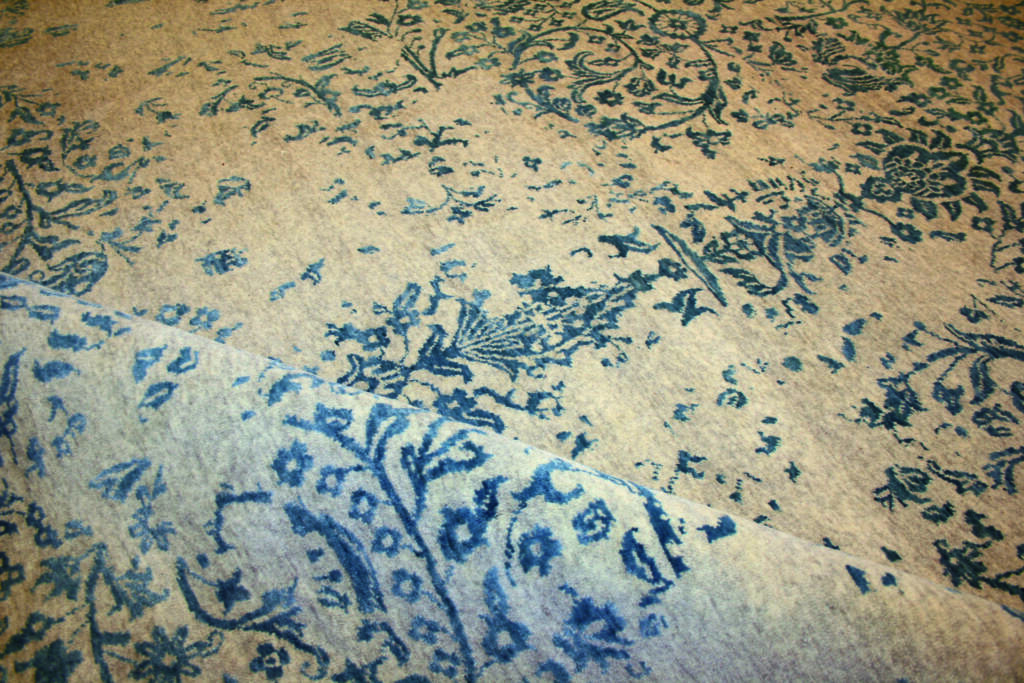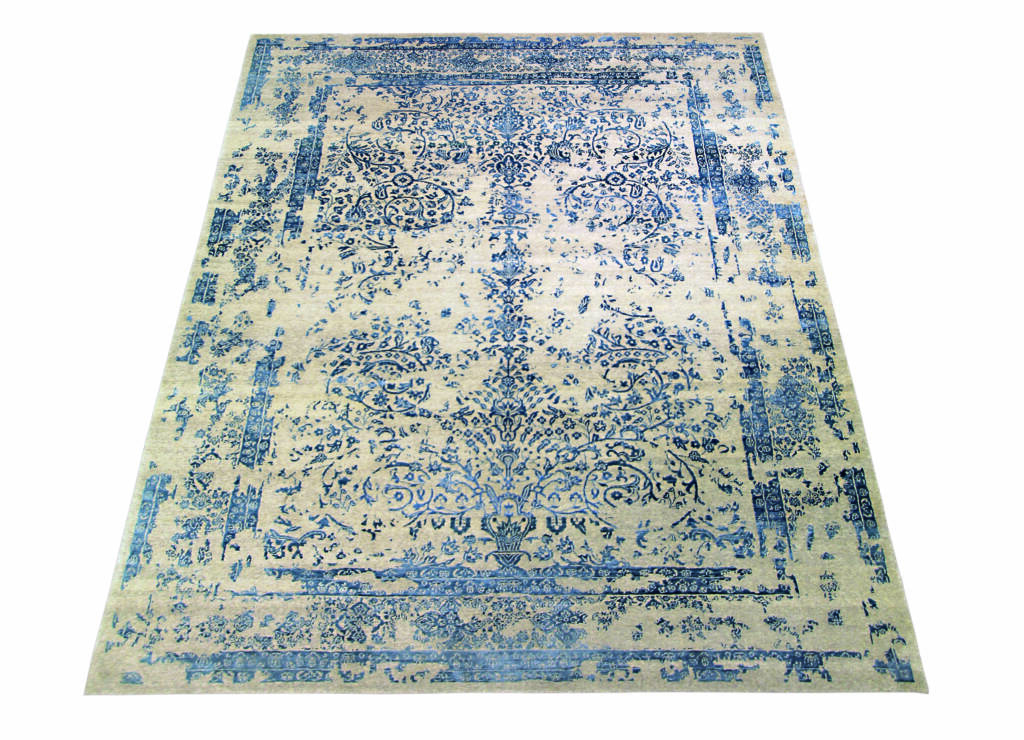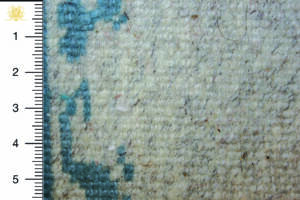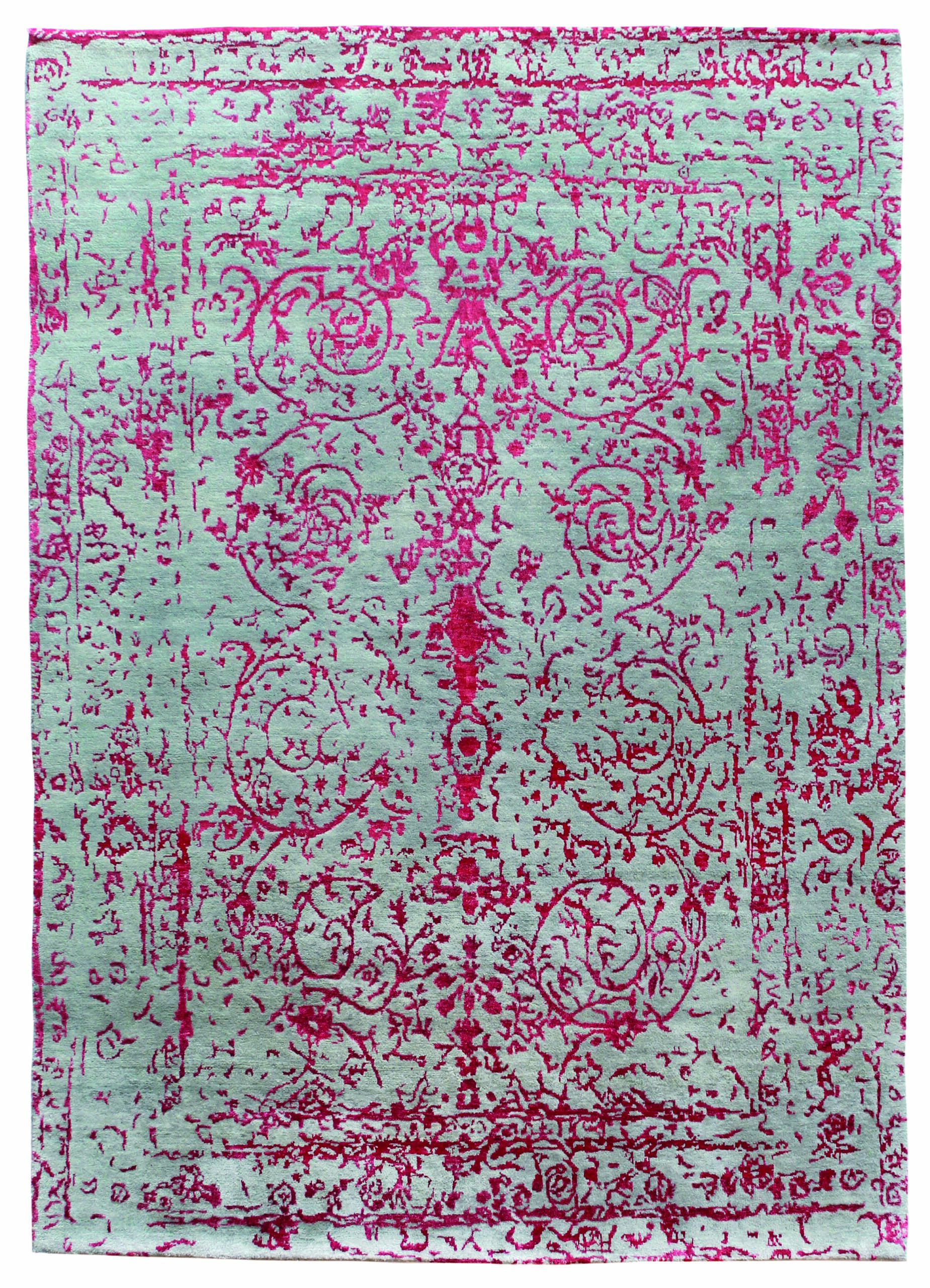the Enchantment of Agra Rugs: Where Mughal Majesty Meets Modern Elegance
The city of Agra, India, resonates with the echoes of a glorious past. Its crown jewel, the Taj Mahal, stands as a testament to the exquisite artistry and rich heritage of the Mughal Empire. In the realm of textiles, this legacy manifests in the captivating beauty of Agra rugs, renowned for their intricate designs, vibrant colors, and enduring quality.
A Legacy Woven in Mughal Splendor:
The story of Agra rugs begins in the 16th and 17th centuries, during the reign of the Mughal emperors. Envisioning their palaces as havens of unparalleled beauty, the Mughals patronized skilled artisans from Persia, Central Asia, and India. This confluence of talents birthed a unique rug-making style, blending Persian floral motifs with Indian geometric patterns and vibrant colors.


A Tapestry of Design and Technique:
Several key characteristics define the allure of Agra carpets:
- Exquisite Knotting: Agra rugs are hand-knotted using a meticulous technique, similar to the Persian Senneh knot. This intricate process involves tying individual knots onto a cotton foundation, resulting in a rug of exceptional durability and detail.
- A Symphony of Colors: Reflecting the richness of the Mughal era, Agra rugs boast a vibrant palette. Deep reds, blues, and greens form the foundation, often complemented by contrasting accents of gold, ivory, and turquoise. The use of natural dyes further enhances the depth and character of the colors.
- A Fusion of Design Elements: While incorporating the classic Persian floral motifs, It also feature distinct Indian design elements. Geometric borders, intricate boteh (paisley) patterns, and stylized floral sprays add a layer of complexity and cultural significance.
- The Versatility of Materials: Traditionally, Agra rugs were crafted from high-quality wool and silk. Wool provided durability and a luxurious feel, while silk added a touch of shimmering elegance and enhanced the vibrancy of the colors. In contemporary Agra rugs, wool remains the primary material, sometimes blended with other natural fibers like cotton or jute for increased affordability and durability.
Beyond Aesthetics: The Enduring Value of Agra Rugs:
Owning an Agra rug is more than just acquiring a decorative piece; it’s an investment in a cultural heritage. Each rug represents the dedication and expertise of generations of skilled artisans, perpetuating a centuries-old tradition. Here’s how these carpets can elevate your space:
- Statement Piece and Conversation Starter: An Agra rug can be the centerpiece of any room, captivating the eye with its intricate design and rich history. The vibrant colors and unique patterns spark conversation and add a touch of cultural intrigue to your space.
- Timeless Elegance: Like many classic rug designs, Agra rugs transcend trends. Their rich heritage and sophisticated patterns complement both traditional and contemporary settings, offering a touch of timeless elegance that never goes out of style.
- Investment in Quality: Hand-knotted rugs are renowned for their longevity. With proper care, an Agra rug can be an heirloom piece, passed down through generations and retaining its value over time.
Finding Your Perfect Agra Carpets:
At Gallery Persepolis we offer a curated selection of Agra rugs, encompassing a range of designs, sizes, and qualities. Our knowledgeable staff can guide you through the various options, helping you find the perfect piece that complements your taste and décor. Whether you seek a bold, statement rug for your living room or a smaller, more intricate piece for your entryway, we have the ideal Agra rug waiting to be discovered.
Embark on a journey of cultural exploration and aesthetic delight. Visit Gallery Persepolis today and discover the captivating world of Agra rugs.


